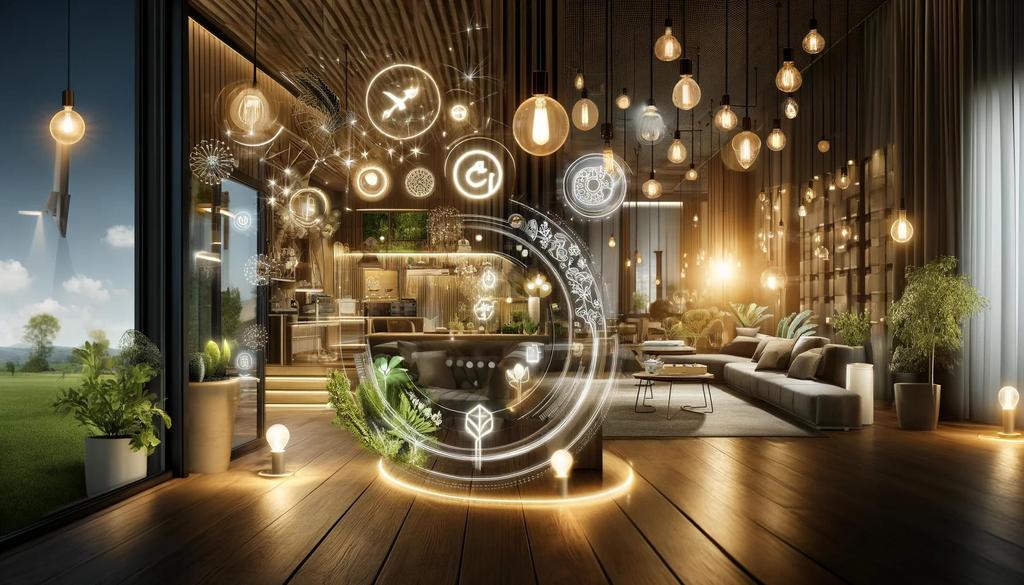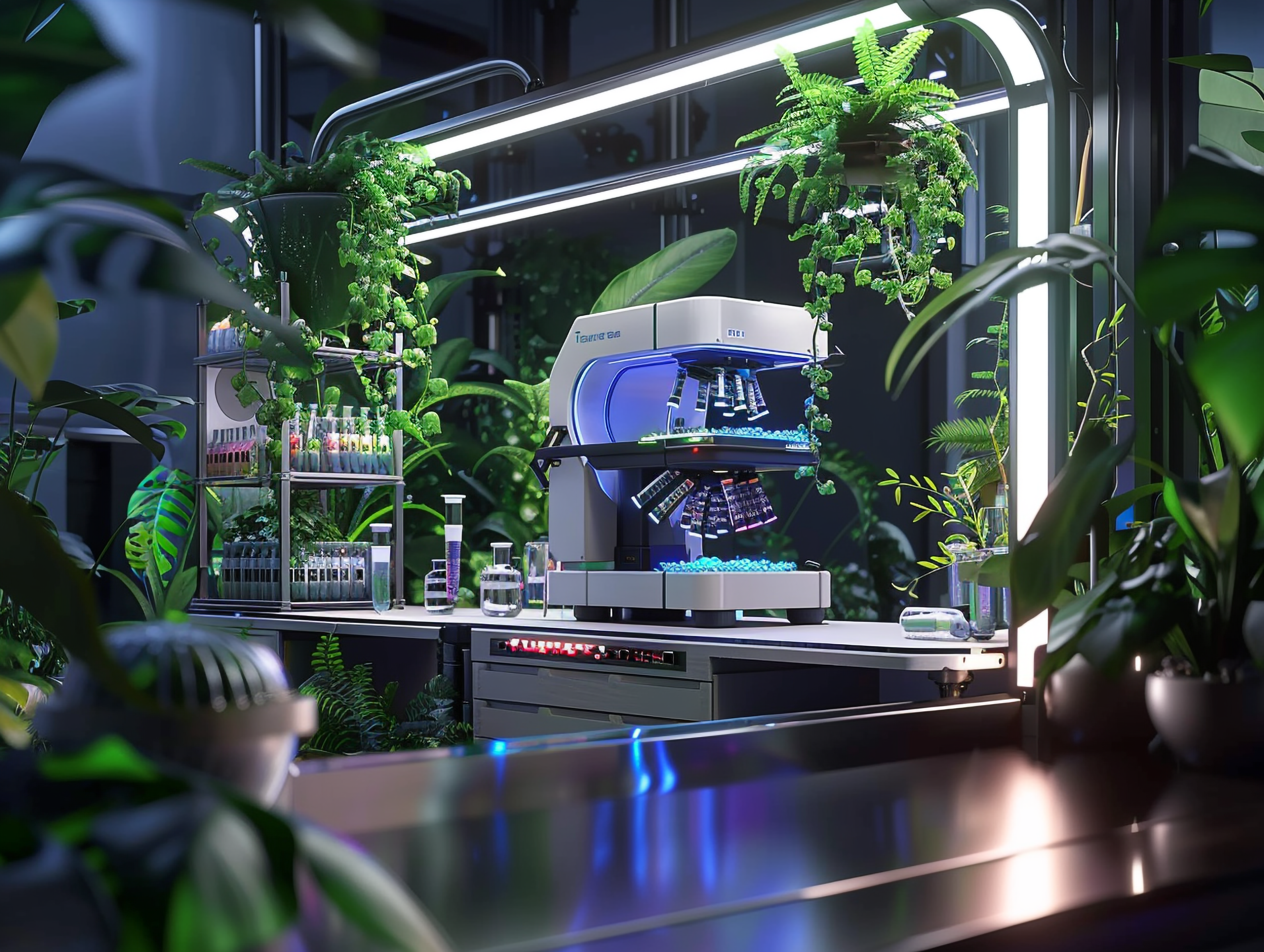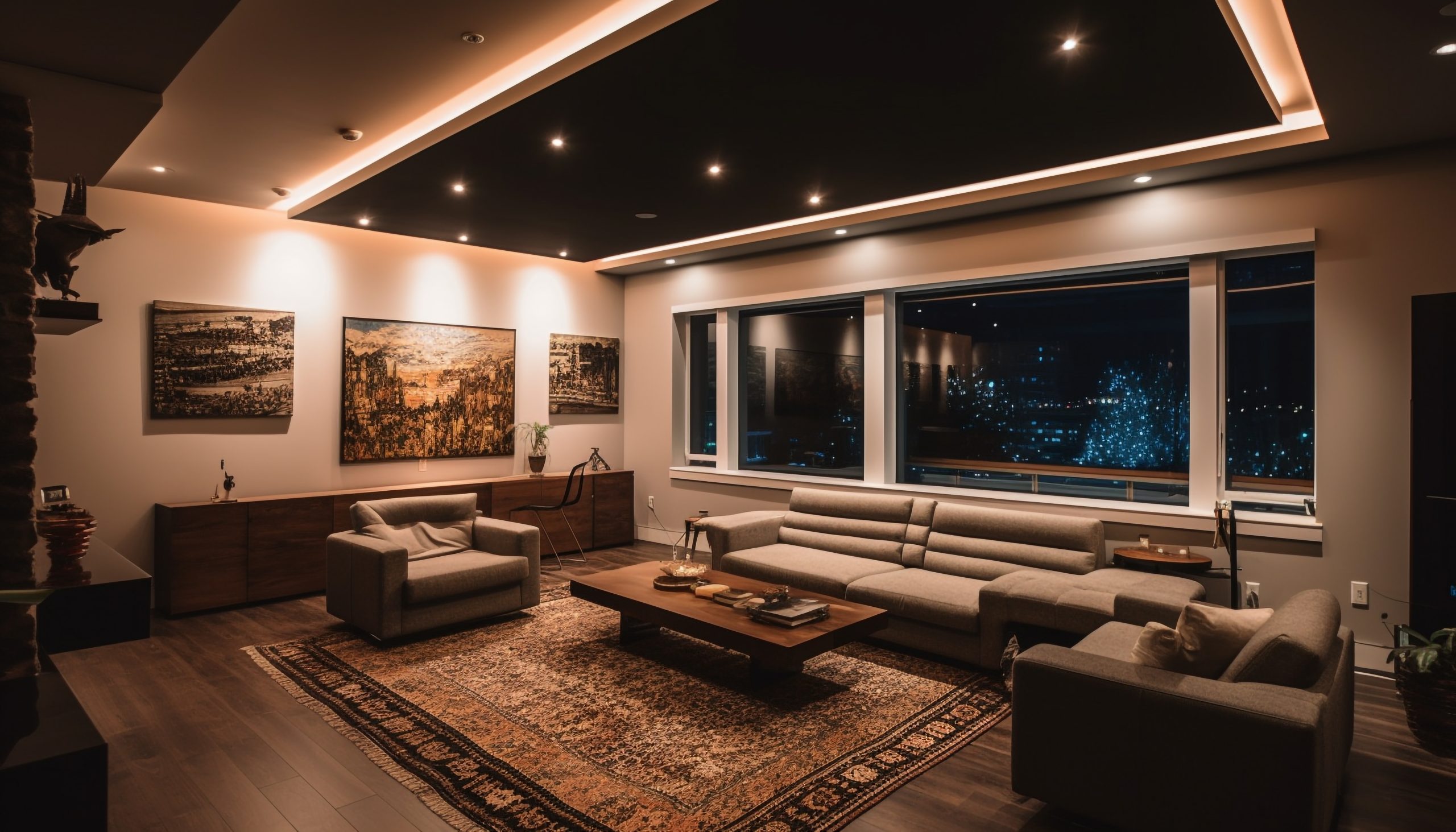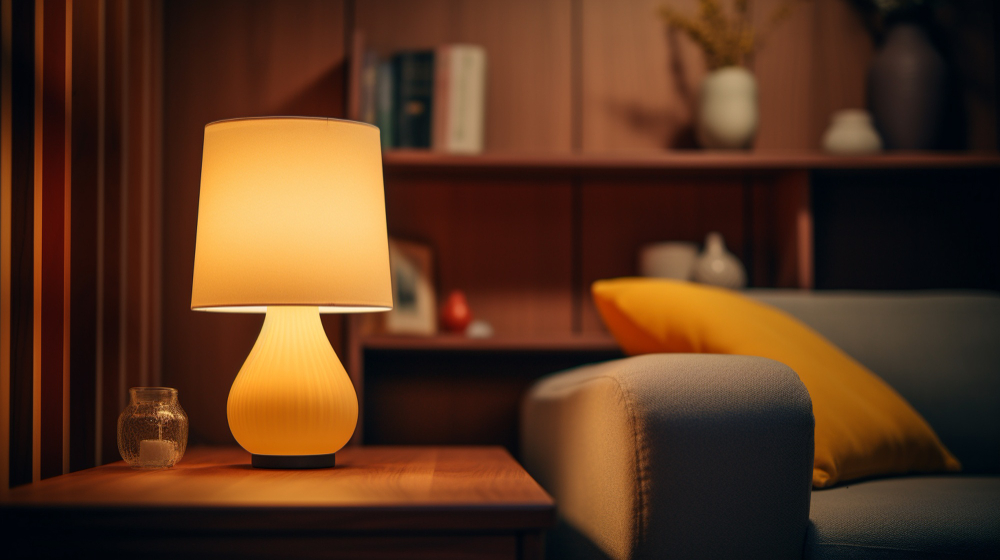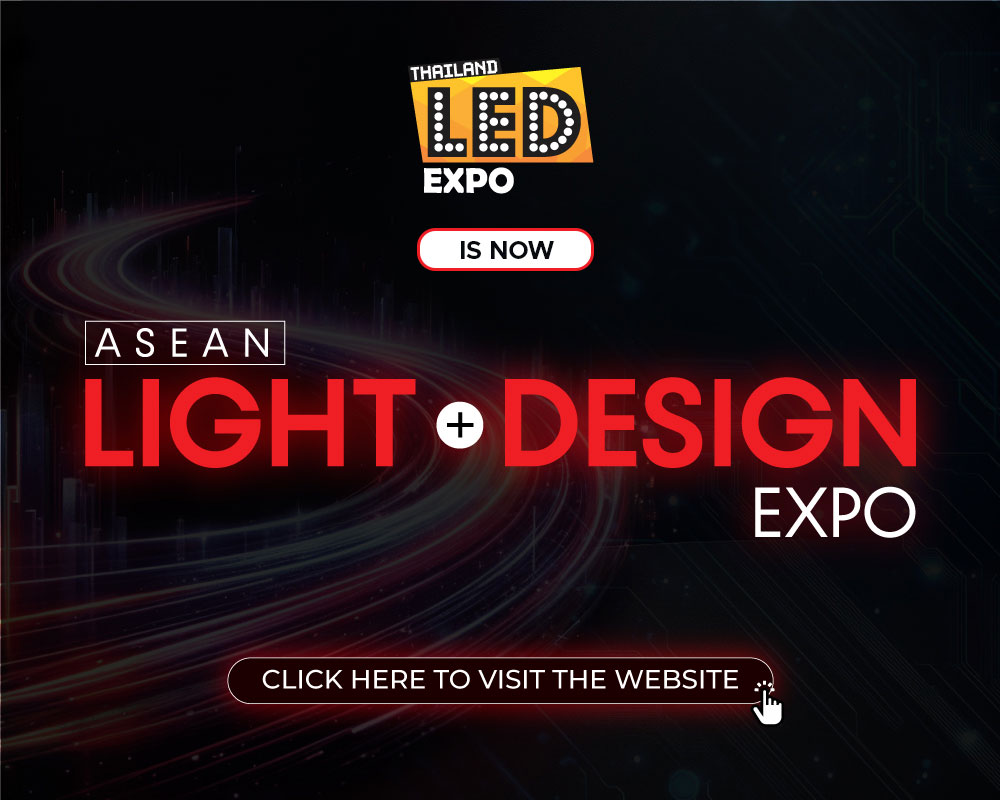Future of LED Lighting: Innovations Illuminating Tomorrow

Latest innovations in LED lighting shaping the upcoming industry dynamics
The technology of LED lighting is undergoing an evolution in order to advance in the innovations of lighting technology. Majority of the lighting technology today consists of LED (Light Emitting Diode) based lighting. We are stepping towards the times where efficiency is the need of the hour, along with sustainability and connectivity in order to remain environment friendly and upgradation of connected technologies. In the midst of this, LED lighting leads as a frontrunner of innovation which is advancing towards new ways of reshaping the ways of illumination . This transformation is underlined by changes in the LED lighting technology such as efficient energy consumption, smart controls, novel applications,etc. In this blog of the future lighting technologies, it’s not about just illumination of spaces anymore; it’s about redefining its nature; how we interact with light and the experience surrounding it. The future of LED lighting has so many prospects, it will lead to a sustainable and dynamically adaptable world.
Efficiency Improvements
There have been several advancements in the efficiency aspect of LED lighting. Starting with luminous efficacy, there has been a steady increase in it. In the current times, R&Ds are interested and are focusing on increasing the efficiency of semiconductor materials used to make LEDs. For producing light with better colour accuracy and also producing a wide range of colour temperatures, there have been advancements made in CRI ( Color Rendering Index) and colour temperature control, which meets the preferences and requirements for multiple and different applications. When it comes to LED performance and its longevity, there needs to be efficient heat dissipation. For LEDs to function at higher power levels, there have been advancements in techniques of thermal management and making of materials used to make LEDs to reduce the buildup of heat. This prevents the efficiency from being compromised.Another efficiency advancement is the latest advancement in the integration of smart lighting systems and controls. Based on occupancy, ambient light conditions and user preferences, the lighting is optimised by the use of sensors, advanced controlled algorithms and dimming capabilities.
Smart Lighting
Smart LED lighting is where the present meets the future. There have been several developments in this technology aspect. Starting with Smart home platforms such as Google Assistant, Apple Home Kit and Amazon Alexa have become more integrated with smart LED lights. This enables a person to command lights using voice commands and make it a part of the smart home ecosystem.There have been new innovations in wireless communication technologies such as Z-Wave and Zigbee. These innovations have enhanced the connectivity of smart LED lights which makes the user able to control their lights remotely through smart home devices and mobile apps. Colour tuning capabilities have been created in Smart LED lights. This function helps the user to adjust the colour temperature to create a variety of atmospheric effects. This has applications at offices for focusing on work and for winding down, it creates a relaxing space. Health and wellness lighting is another smart LED lighting system which offers features which focus on syncing with circadian rhythms. It also involves the adjustment of brightness and colour temperature depending on the natural light patterns throughout the day.There has been development of advanced control features by manufacturers such as scheduling and automation. This has empowered the users to program their lights to be switched on or off at given times. These lights could also be programmed to simulate your presence away from home and also sync with other smart devices at home.
Energy Harvesting
Then we have energy harvesting systems, which is the creation of energy by converting ambient light into electrical energy which is used to power small electronic devices or sensors. Here are a few aspects of energy harvesting. LEDs are designed in such a way that they can function as photovoltaic cells when they don’t emit light actively. Hence, what happens in LEDs is the photovoltaic effect, where generation of electric current happens when its material is exposed to light. So the LEDs function as both light emitters and photodetectors which makes them inherently bipolar devices. It is also suitable for low-power applications such as powering small sensors, then we have low-energy communication devices, other electronics with minimal requirements of power. There are challenges in LED harvesting such as LEDs compared to traditional photovoltaic cells giving out relatively low power output. Along with that, there is a need for “sufficient” ambient light.
Li-Fi technology
Then there is Li-Fi, also known as Light Fidelity. This wireless communication technology uses visible light for the transmission of data through modulation of LEDs at high speeds, along with the involvement of near UV spectrum and infrared to transfer data. It is coming up as the alternative to traditional Wi-Fi. This innovation provides low latency which is low network delay. Hence Li-Fi could be applied in scenarios which have high demand for real time communication such as video conferencing or gaming, where it would be an advantage due to low latency. It’s also a secure setup compared to Wi-Fi as light waves don’t pass through walls. This makes unauthorised users harder to intercept the signal. Hence a secure communication environment is provided. In indoor environments, LED light sources are ubiquitous which makes the possibility of integrating Li-Fi technology into the existing setup of the indoor infrastructure where it won’t need additional hardware. Also the line-of-sight applies to the set-up of Li-Fi in which the LED light acts as a transmitter and it must be in the direct line of sight of the receiver. Although it enhances the security, walls could act like obstacles which would block the signal. New applications such as location-based services and navigation within buildings are on the rise ever since Li-Fi came into being especially due to its accurate indoor positioning whose reliance on visible light makes it happen.
Why LED Expo Thailand?
In this age of emerging technologies in the LED industry, there is a high scope of a revolution. Many platforms are setting the stage for these new innovations. One of them is LED Expo Thailand. This expo, a B2B exhibition, has a diverse range of LED innovations spanning across multiple brands. Also, LED Expo Thailand brings together energy efficiency and digitalisation for smart lighting. One could participate and get the latest industry insights and know their competitors in the LED market. The ones who exhibit could get a good number of potential buyers to sell their LED innovations. And the buyers could explore their needs and options among a wide range of LED technology innovations.
Conclusion
As LEDs are shaping our tomorrow, the industry needs to develop the emerging technologies at such a level so that it becomes mainstream. The above mentioned advancements are evolving into becoming something which will fit our ecosystem and thrive. The next challenge for this industry is the act of being sustainable. Sustainability will become the status quo in the coming years for innovations in LED technology.
More News
Lighting and Design Industry Trends for 2025: What to Expect and How to Stay Ahead
As the lighting and design industry continues to evolve, 2025 promises to bring exciting new trends, technologies, and innovations that will shape…View More
The Green Revolution: The Rise of LED Horticultural Lighting
The agricultural industry is undergoing a significant transformation, driven by the need for sustainable and efficient practices. One of the most promising…View More
Transform Retail Spaces with LED Lighting for a better experience
In today’s competitive retail landscape, the importance of creating an engaging and appealing environment cannot be overstated. The modern consumer seeks not…View More
Govt initiatives & collaborations in LED & smart lighting
In modern urbanisation and environmental consciousness, the evolution towards energy-efficient lighting solutions stands as a beacon of progress. LED (Light Emitting Diode)…View More
Navigating the Diverse Landscape of Lighting Solutions
From residential spaces to commercial establishments, and from healthcare facilities to outdoor landscapes, lighting plays a crucial role in shaping our environments…View More
Download
Recent Posts
Show Countdown
LED Expo Thailand
- days
- Hours
- Minutes
- Seconds
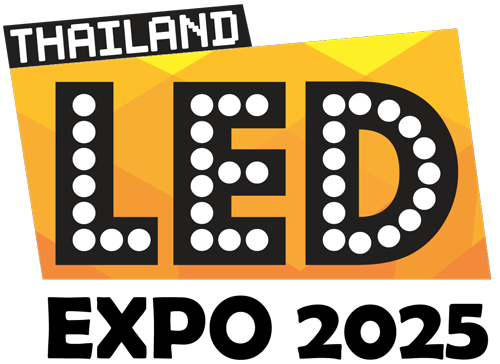
 ไทย
ไทย
 中文
中文

